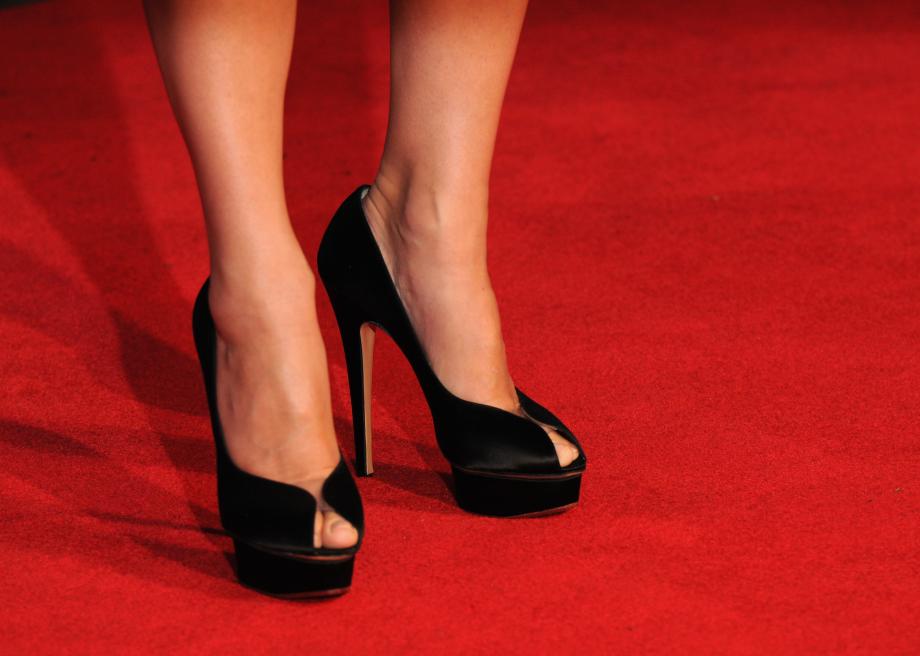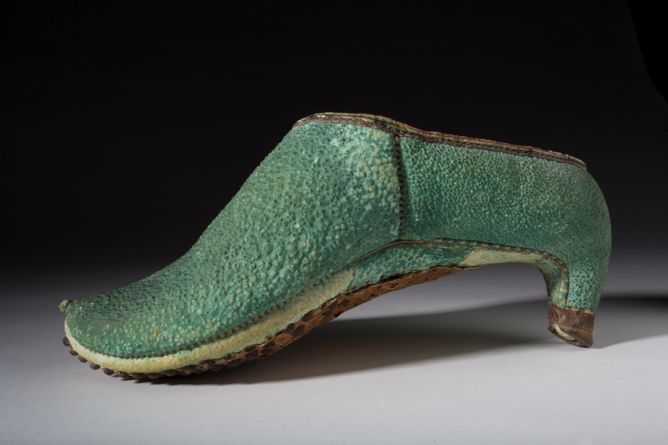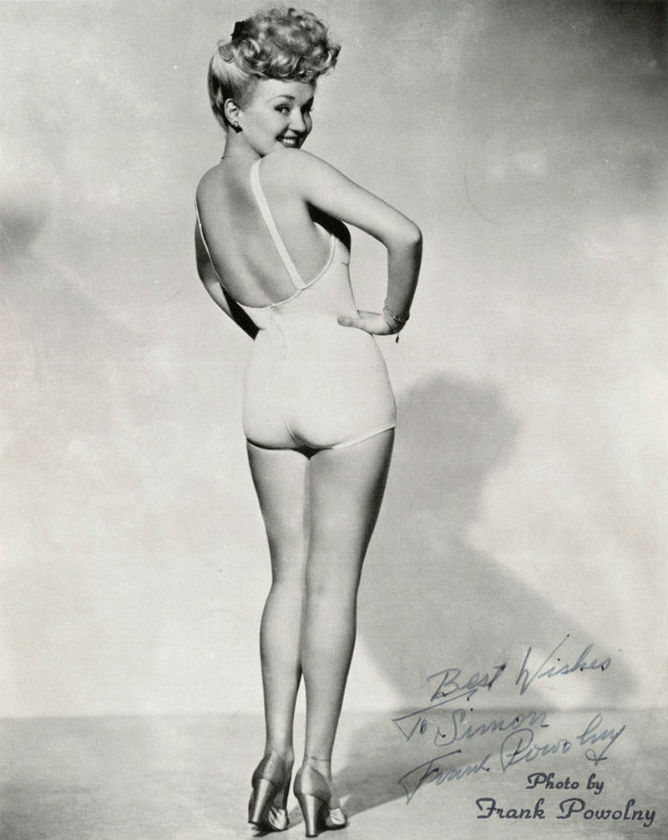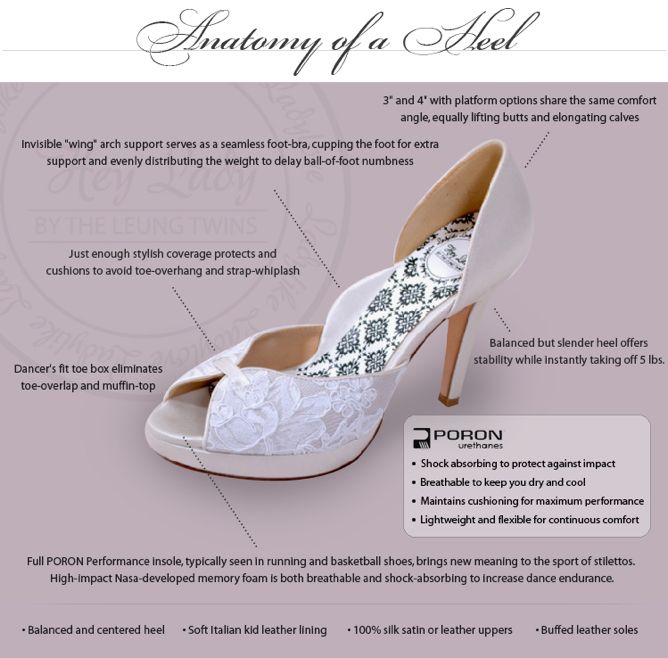A Short History of the High Heel

Photo by Eamonn M. McCormack/Getty Images for BFI
Roman Mars’ podcast 99% Invisible covers design questions large and small, from his fascination with rebar to the history of slot machines to the great Los Angeles Red Car conspiracy. Here at the Eye, we cross-post new episodes and host excerpts from the 99% Invisible blog, which offers complementary visuals for each episode.
This week's edition—about high heels—can be played below. Or keep reading to learn more.
As a fashion object and symbol, the high-heeled shoe is weighted with meaning. It’s also weighted with the wearer’s entire body weight. The stiletto might be one of the only designs that is physically painful but has somehow persisted for centuries.
High-heeled shoes were originally worn by men. As early as the 10th century, many horseback-riding cultures wore heels on their boots and on their shoes, because heels help you stay in the stirrups (which is why cowboy boots have heels).
The Persian cavalry wore inch-high heels, and the trend spread to Europe. Since they showed that the wearer owned and maintained horses, high heels became associated with the upper class.

Bata Shoe Museum
Eventually, upper-class women began wearing heels, and then heels become a form of upper- and middle-class dress throughout the 17th century.
At the time, high-heeled shoes were not a signifier of gender. When Louis XIV wore heels, he was dressing like the pillar of normative aristocratic masculinity that he was.

Wikimedia Commons
Then heels started to get gendered in their designs. Men’s heels grew broad and sturdy and women’s became tapered and decorative. Finally, in the 18th century, men deemed them impractical, and the high heel became firmly established as a lady’s shoe.
With the French Revolution in 1789, the aristocracy and their frivolous styles went out of vogue. Heels—deemed the epitome of female irrationality and superficiality—went out of fashion for a very, very long time.
And then camera was invented. With it, pin-ups.

Photo by Frank Powolny. Courtesy of Wikimedia Commons.
Pornography embraced high, thin heels long before fashion did, because heels work great when you’re posing for just a few minutes. The pinups in men’s barracks during World War II almost always had high heels on, and when the war ended and the men returned, the stiletto was invented, which brought fashion into alignment with erotica.
As heels made their way out of photography and onto the street, and into the office and the home, engineering challenges arose around trying to make a fundamentally uncomfortable thing comfortable.
So people try to find ways around the design. There are foldable flat shoes that you can take with you when you just can’t stand the pain of a heel anymore, and the Internet is full of hacks and tips:
In the most extreme cases, there are surgeries to shorten pinky toes and deaden nerves. All to circumvent the pain of the high heel.
With this pain in mind, twins Emily and Jessica Leung launched a wedding shoe line called Hey Lady.
The Leung twins designed some hacks into the high heel, borrowing elements from other kinds of footwear. They took a toe box from a dancer’s shoe, which tends to be roomier, and they took the insoles and arch supports from running shoes. The Leung’s shoes go pretty high, but they are not stilettos. For balance purposes, the Leung’s made the heel thick where it meets the foot, but for aesthetics, the sturdy heel tapers to a finer point where it meets the floor.

Courtesy of Hey Lady
Still, the Leung twins admit that even the most wearable heels have a time limit. They’ve engineered their shoes to last up to nine hours, but not for the whole day.
But regardless of how they fit, high heels on men have not made a lasting comeback.
